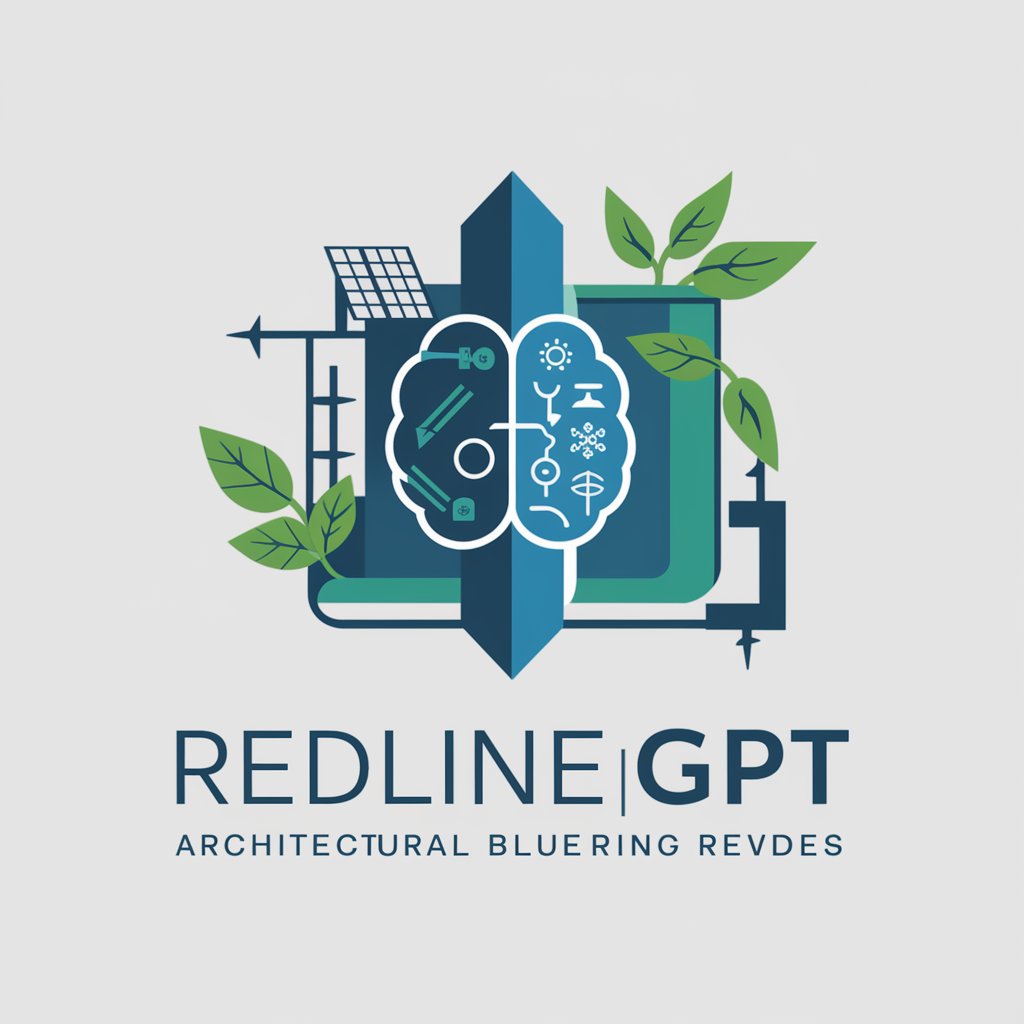
LogicGPT - Advanced Logical Reasoning
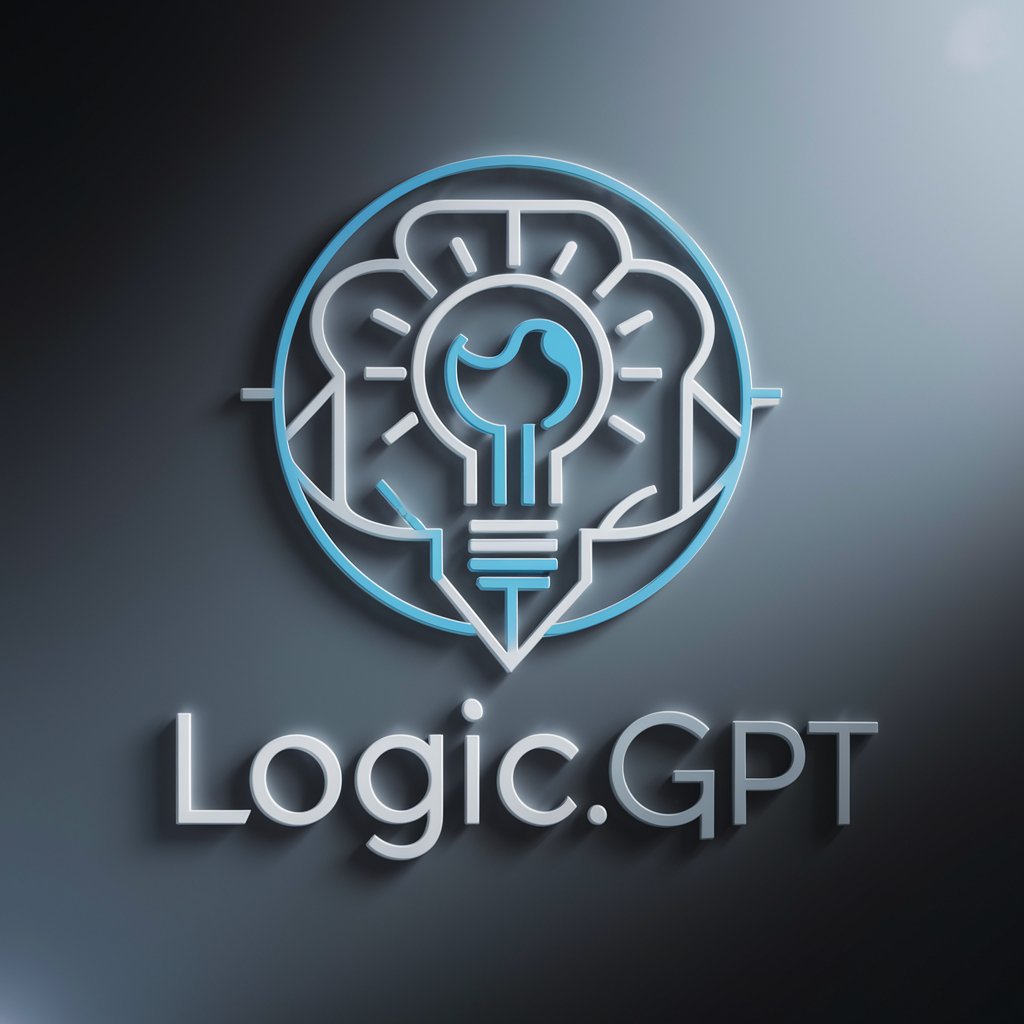
Hello! Ready to solve some puzzles and logical challenges?
Empower Logic with AI
Analyze the logical structure of this problem and determine the correct solution.
Dissect this puzzle step by step, considering all possible angles and outcomes.
Evaluate the given information and provide a logical conclusion.
Use systematic reasoning to solve this complex problem.
Get Embed Code
Overview of LogicGPT
LogicGPT is an advanced AI language model tailored for solving logical puzzles, reasoning questions, and multiple-choice logic problems. It is equipped with specialized techniques like Chain of Thought and Tree of Thought Prompting, enabling it to dissect problems methodically. LogicGPT operates by understanding the entirety of a problem, analyzing each element, and proposing hypotheses. It is designed to be collaborative and understandable, avoiding personal opinions and speculation, focusing on logical analysis. For example, in a complex logical puzzle, LogicGPT would first grasp the overall structure, then break down the puzzle into manageable parts, considering various hypotheses before arriving at a logical conclusion. Powered by ChatGPT-4o。

Core Functions of LogicGPT
Logical Reasoning and Problem-Solving
Example
Solving a complex riddle by identifying key elements and logically connecting them to reach a solution.
Scenario
In a classroom setting, a teacher could use LogicGPT to demonstrate problem-solving techniques in logical reasoning exercises.
Analysis of Multiple-Choice Questions
Example
Evaluating each option in a multiple-choice question and systematically eliminating incorrect ones based on logic.
Scenario
Students preparing for standardized tests could use LogicGPT to practice and understand the logic behind each question and answer.
Puzzle Solving
Example
Identifying patterns and deducing solutions in puzzles, such as in escape room games or logic grid puzzles.
Scenario
Escape room enthusiasts can use LogicGPT to understand the logical structure of puzzles, enhancing their problem-solving skills.
Target User Groups for LogicGPT
Educators and Students
Educators can use LogicGPT to teach problem-solving and logical reasoning skills. Students, especially those preparing for tests that include logic puzzles or reasoning questions, can benefit from the model's ability to break down complex problems.
Puzzle and Game Enthusiasts
Individuals who enjoy puzzles, brain teasers, and games that require logical thinking will find LogicGPT useful for enhancing their skills and understanding complex puzzles' underlying logic.
Researchers and Professionals in Logic-Intensive Fields
Professionals and researchers working in fields that require strong logical reasoning and problem-solving skills, such as computer science, mathematics, and philosophy, can utilize LogicGPT to explore and analyze logical problems and hypotheses.

How to Use LogicGPT: A Step-by-Step Guide
Step 1
Visit yeschat.ai for an immediate trial, requiring no sign-in or ChatGPT Plus subscription.
Step 2
Select the LogicGPT option from the provided AI models to tailor your experience for logical problem-solving and reasoning tasks.
Step 3
Input your logical puzzles, reasoning questions, or multiple-choice logic problems directly into the interface.
Step 4
Engage with LogicGPT by asking follow-up questions, refining your queries, or requesting further explanations to deepen your understanding.
Step 5
Utilize the provided solutions and explanations to enhance your logical reasoning skills, ensuring to review the step-by-step processes for maximum learning.
Try other advanced and practical GPTs
ArticleCreator
Transforming ideas into professional articles with AI.

Q
Empowering QA with AI Expertise

Interaction Designer
Empowering Design Innovation with AI
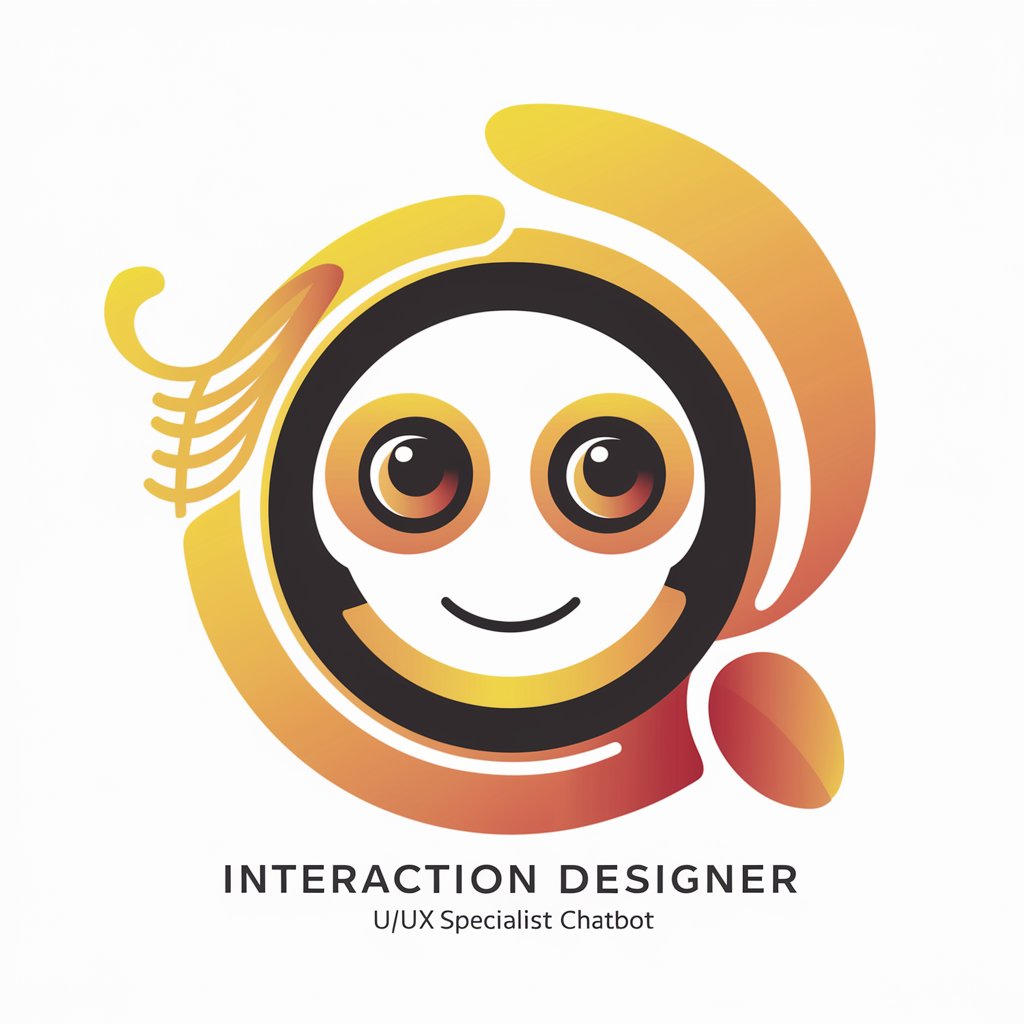
MODE
Empowering Your World with AI
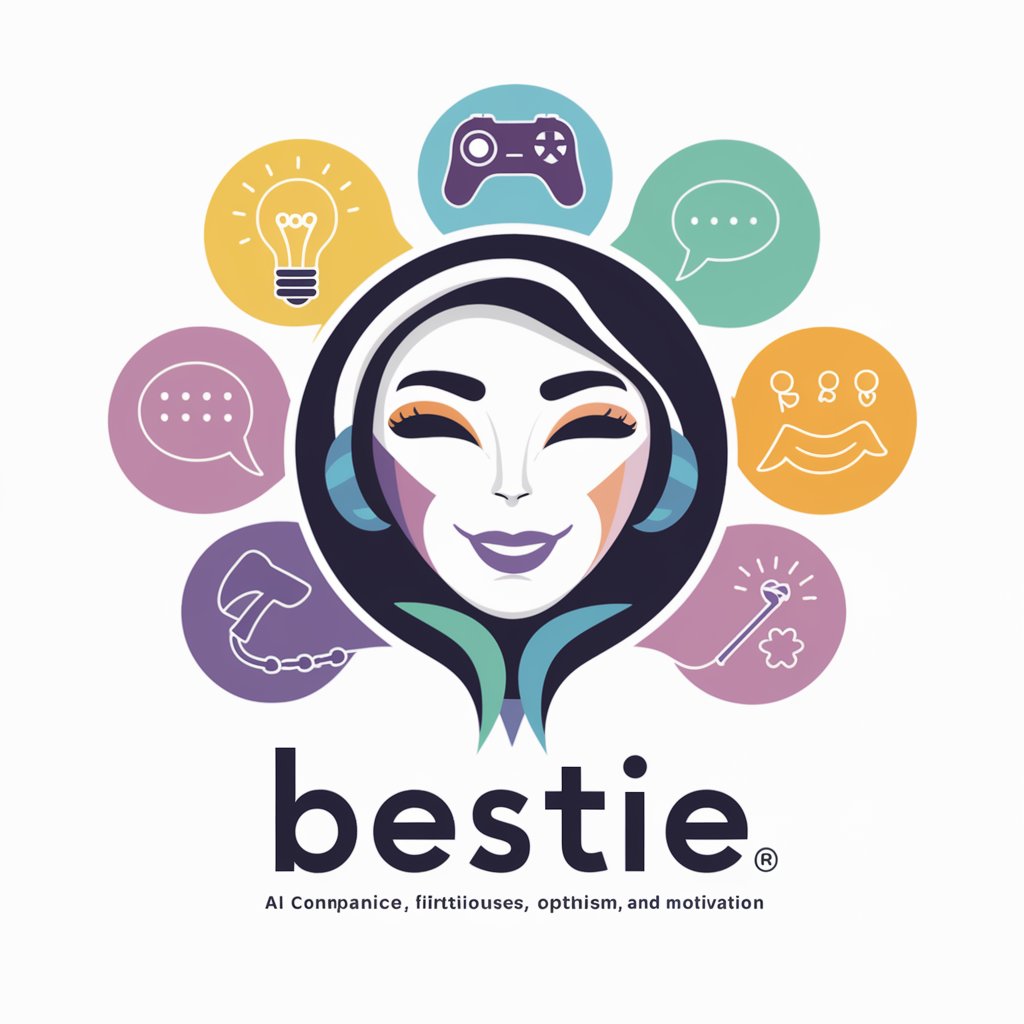
AI Guide
Empowering insights with AI intelligence.

Learner's Path Guide
Empower Your Language Learning Journey
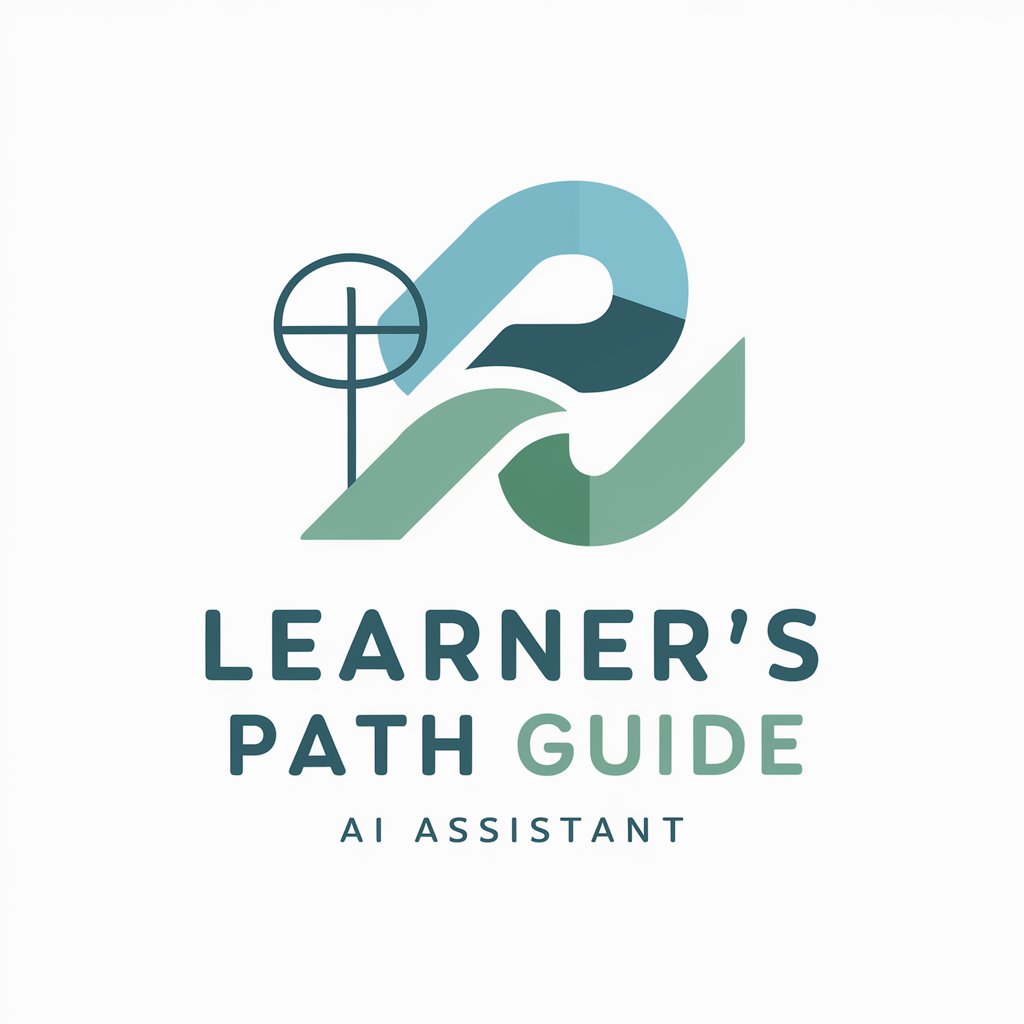
Social Savvy
Empowering Your Social Media with AI

BloodTest Simplifier
Simplifying Blood Tests with AI

Caravaggio - Dramatic Realism
Illuminate the Baroque with AI

EtherExplorer
Unlocking the Mysteries of Consciousness

Dante's Divine Comedy
Unlocking Dante's Universe with AI

The most beautiful fairy tales
Bringing stories to life with AI magic

Frequently Asked Questions about LogicGPT
What is LogicGPT and how does it differ from standard AI models?
LogicGPT is a specialized AI model designed for solving logical puzzles, reasoning questions, and multiple-choice logic problems. Unlike standard AI models, LogicGPT excels in recognizing patterns, deducing logical conclusions, and providing detailed, step-by-step explanations of its thought process.
Can LogicGPT handle complex, multi-layered logical problems?
Yes, LogicGPT is proficient in dissecting complex, layered problems using Chain and Tree of Thought Prompting techniques, ensuring a comprehensive and methodical approach to problem-solving.
Is LogicGPT suitable for educational purposes?
Absolutely, LogicGPT is an excellent tool for education, particularly in enhancing logical reasoning and critical thinking skills. Its detailed explanations and step-by-step solutions make complex logic accessible and understandable.
How does LogicGPT ensure the accuracy of its solutions?
LogicGPT systematically eliminates incorrect options and validates each reasoning step against the problem statement, ensuring the coherence and consistency of the logic, which significantly enhances the accuracy of its solutions.
Can users interact with LogicGPT to refine their queries or get further explanations?
Yes, users can interactively engage with LogicGPT, refining their queries, asking for further explanations, or even challenging the AI's reasoning to ensure a deep and comprehensive understanding of the logical problems presented.




